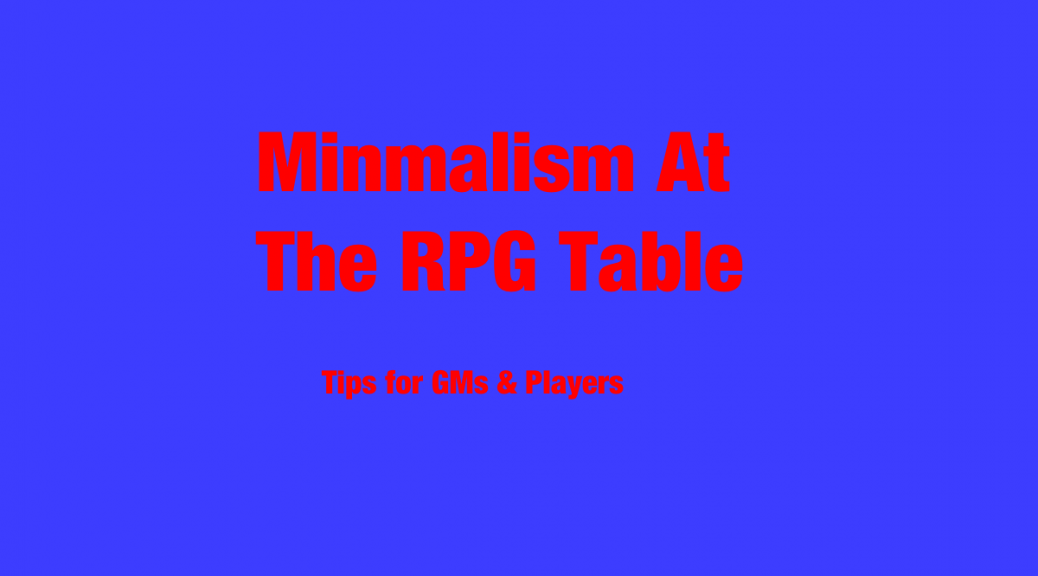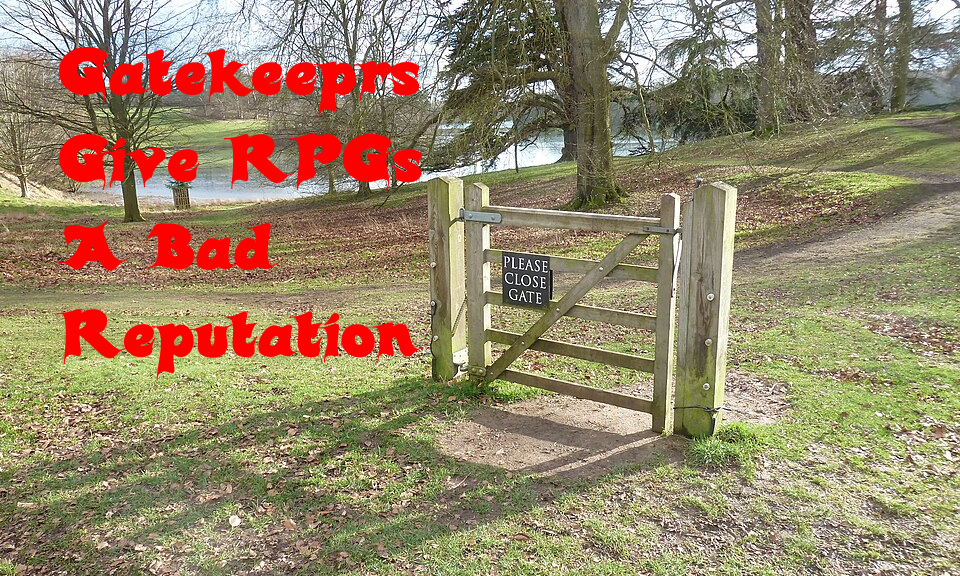I’ve been side tracked from gaming for too long. Work and other things have left me no energy and no enthusiasm for working on any of my various game related endeavors whether it’s my home campaign, this blog, YouTube, my podcast, or planning the next scenario to run at conventions.
I’m working on an idea that’s been rattling around my skull for a couple of years. I’ve had one initial start on it and did another brain dump about it trying to wrap my head around a nebulous idea for my next adventure for UCon in November.
I took a notebook out for a super late lunch as I finally had enough uninterrupted time to knock off a backlog of issues at work. I made notes about my idea and it is something that others may find useful and will help me with future planning.
What the Heck is This Idea? You buried the lede, again….
I have an idea for a campaign framework/builder that will both help me tie together the bulk of the fantasy scenarios I’ve run at cons and be a potential product to put up on DriveThruRPG.
The campaign world idea is for an ocean world with many archipelagos containing islands of all size. It would show some specifics of the general ideas in my World Building Cheat Sheet, with tables for generating various archipelagos and the islands they contain. The campaign world idea would be something to locate my adventures I run at cons and eventually put on DriveThruRPG. The generators would enable others to tweak the setting I create or make their own setting.
I could even expand the framework/builder to cover building any type of world, but that is beyond the original scope.
This idea will also contain a mini campaign I ran on Roll20 for about a dozen sessions and other ideas that don’t fit into my home campaign. I even have an idea for how to work in a West Marches campaign idea I want to run.
But you’ve said in the past that you have an idea and it never materializes
True, but it hit me how I can make this actually happen. If I make a commitment to an actual schedule, I can make it happen. For the Wednesday night Roll20 game I play in we are on the 3rd campaign since March, 2014. I was the only player to make every game of the first campaign. I had to drop out of the second campaign after about a dozen sessions for a family issue, but came back for the last dozen sessions. For the current campaign, I was on track to make every session, but about 6 weeks ago, work left me with a killer headache, so I missed one session.
I will commit to once a week, ever Friday night to stream on Twitch from 8:00 PM to 10:00 PM Eastern to share my work as I transcribe scribbled notes, build tables, and develop ideas as I work my convention scenarios into this world. I will start tonight (Friday, August 8, 2025 as close to 8pm Eastern as possible.)
These scenarios already exist in a nebulous “convention world” in my mind. In my mind’s eye I can see how they can each fit into one or more of the archipelagos I envision for this more organized campaign world.
In addition to Twitch streaming, I will post updates and actual PDFs for Patrons on Patreon. I will also blog about progress and eventual PDFs on DriveThruRPG. This will also lead to something on YouTube and my podcast.
But what about the card game?
I know that the card game has been dragging on. I got a fantastic layout for the cards, but now it far exceeds the art I have. I don’t want to use AI as many I know would not buy it if I did, let alone I don’t support AI for what it has done to the artists it stole from. Unless there is an ethical AI trained on public domain art and public domain text, I will have no part in it.
So the search is on for an artist. Any artists who want to do art for my card game can hit me up. There are 40 unique card types, so I need 40 pieces of art.
I have funds set aside to pay, it just depends on how much it costs. This will control how quickly I can release the game. Ideally, I’d love to have it available at Gary Con in March, 2026. But anytime sooner is better.
There is a possibility of some form of crowdfunding, but details are forthcoming.
If I am active online in some game development capacity, I am more likely to get traction on locating an artist to do this art. It needs to be color art that matches the look and feel of the layout I have. It is powerful and really does something for the game. That is one skill I do not have.
If you are an artist or know an artist who might be interested, please contact me.
Why is it different this time?
My day job has used up too much of my time, creativity, and patience. I got a great raise and some new responsibilities this year. I am now the team lead, but my team, and me have been jerked around by the whims of the corporate life of a publicly traded company.
My desire it to retire at the end of 2026, but it depends on a few factors. I’ll be 62, the minimum age to draw Social Security. However, my house isn’t paid for and I have some other debt. If I can clear my other debt, I think I can still manage my house payment. Worse case scenario, I’d either have to sell my house – then try to figure out where the heck I’d live. Or I’d have to keep working another year or two.
I’m tired of using up all my mental and creative energy solving constant problems at work. It has been made clear to me that continuing to do so will not reward me with more time to game or express my creative ideas, so I am putting a stop to giving too much to the day job.
One thing I have considered it getting a second job to clear my debts, etc.
But then it hit me, I have an LLC I created for Follow Me, And Die! Entertainment, LLC. Why not see what I can do to both have more time with my hobby and make some money. At a minimum, I can actually do something about sharing the many ideas I have for the game. If I can make a little money, even better.
So What’s The Schedule for This?
I will commit to every Friday on Twitch from 8:00 PM to 10:00 PM Eastern. I may to longer, or start sooner, or stream on additional days. I will announce if circumstances require me to miss a Friday.
This starts tonight for the first session. It will be disorganized for this first session, but I don’t want to lose momentum. I have less than an hour to post this, announce it across my socials, and locate my initial types notes to transcribe my notes I made at the restaurant.
So come join me! I welcome an opportunity to share ideas and answer questions.




